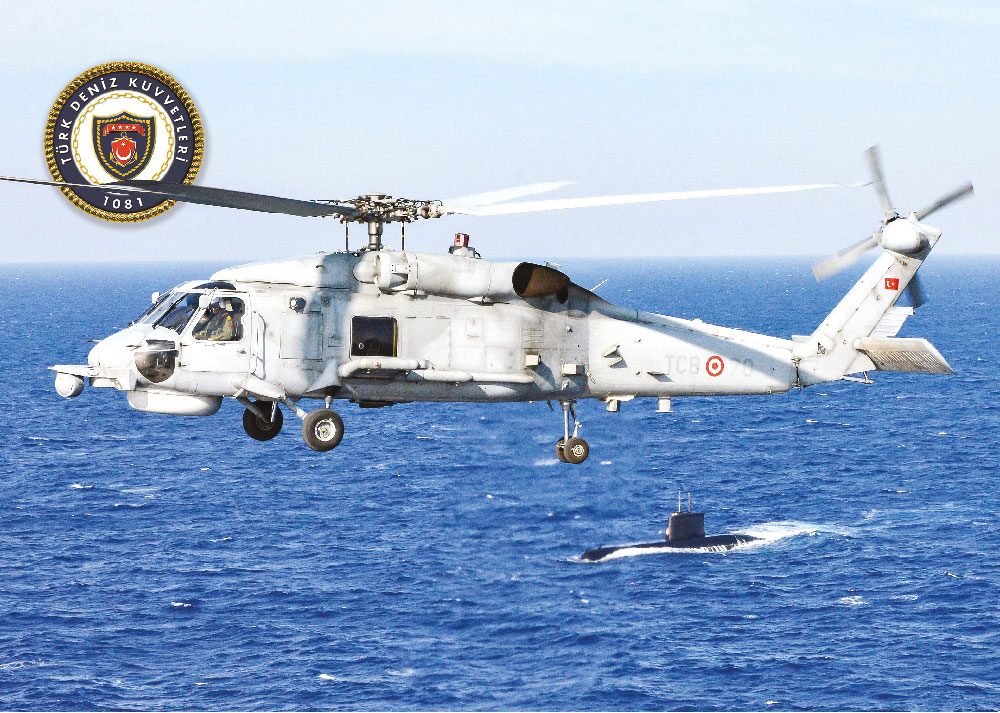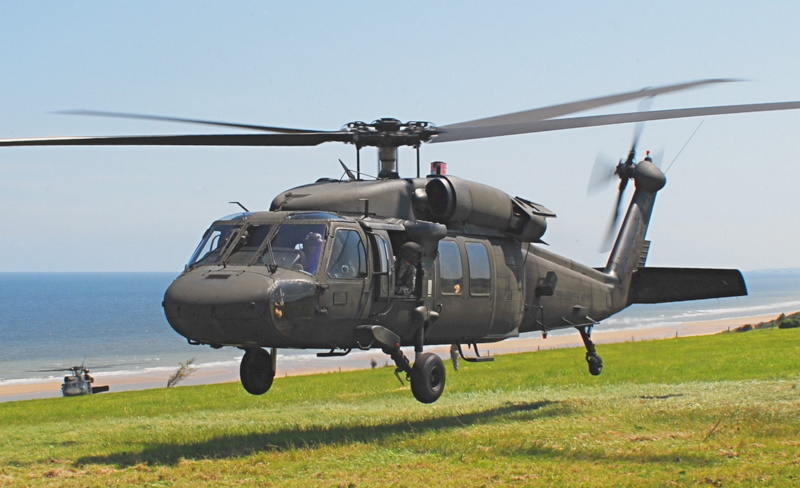How the Sikorsky S 70 Attracts Attention in the Helicopter Market
How the Sikorsky S 70 Attracts Attention in the Helicopter Market
Blog Article
Rotary-Wing Aircraft Offering Superior Toughness and Accuracy Engineering
In the world of air travel, rotary-wing aircraft have actually long been identified for their one-of-a-kind capacities in various functional atmospheres. As we check out the complex equilibrium between development and reliability in rotary-wing aircraft, it becomes evident that the merging of cutting-edge innovation and tested layout principles has set a new standard for efficiency and efficiency in the aerospace sector.
Development of Rotary-Wing Modern Technology
Throughout the history of aviation, the development of rotary-wing modern technology has been a testimony to continuous advancement and innovation in aerial design. From the early days of upright trip with simple styles to the innovative helicopters and other rotary-wing airplane these days, the progression in this field has actually been impressive.
In the very early 1900s, pioneers like Igor Sikorsky and Juan de la Cierva made significant strides in rotary-wing modern technology. Sikorsky's VS-300 helicopter, first flown in 1939, noted a zero hour in the advancement of functional rotary-wing airplane. This success led the way for further developments in upright trip abilities.

Today, rotary-wing aircraft play critical functions in different fields, including army procedures, emergency situation medical solutions, police, and commercial transportation. The evolution of rotary-wing technology remains to press the borders of what is possible in upright trip, making sure that these airplane continue to be vital possessions in the aviation industry.
Materials and Building And Construction Innovations
Demonstrating a combination of sophisticated products and accurate construction techniques, rotary-wing aircraft have actually undertaken considerable developments in toughness and efficiency. One of the vital developments in materials used for rotary-wing aircraft is the increasing utilization of composite products. These products, such as carbon fiber enhanced polymers, offer a high strength-to-weight proportion, improving both the structural integrity and overall performance of the aircraft. In addition, innovations in making procedures have actually permitted for even more complex and specific building and construction of rotary-wing elements, adding to enhanced the rules of aerodynamics and performance.
Furthermore, the assimilation of innovative coatings and surface therapies has actually played an essential function in improving the durability of rotary-wing airplane. These coatings provide protection against deterioration, abrasion, and severe climate condition, prolonging the lifespan of the aircraft and minimizing maintenance demands.
In terms of building developments, additive production, additionally called 3D printing, has actually transformed the manufacturing of complicated components for rotary-wing aircraft. This innovation allows for rapid prototyping and modification, causing faster advancement cycles and decreased prices. On the whole, the constant development of products and building and construction strategies is driving the capabilities and performance of rotary-wing airplane to new heights.
Accuracy Flight Control Systems

The combination of GPS modern technology additionally boosts the precision and reliability of these systems, enabling specific navigating, waypoint monitoring, and automated trip control. sikorsky s 70. This level of precision not only boosts the safety of rotary-wing operations however additionally boosts total functional effectiveness and objective effectiveness
Furthermore, the continual advancements in expert system and artificial intelligence have facilitated the advancement of self-governing trip abilities within Precision Flight Control Equipment. This additional resources enables rotary-wing aircraft to carry out complicated missions with unparalleled accuracy and uniformity, making them indispensable assets in a vast array of applications, consisting of military procedures, search and rescue goals, and airborne digital photography.
Sturdiness in Challenging Atmospheres
Popular operational setups, rotary-wing aircraft show phenomenal durability and effectiveness, making sure optimal performance under challenging ecological conditions. These airplanes are made to stand up to a variety of ecological elements, consisting of extreme temperatures, high winds, and rough surface, making them well-suited for various objectives in varied landscapes.
One crucial element adding to the sturdiness of rotary-wing airplane is their tough building and construction. These aircraft are constructed utilizing high-grade materials and advanced engineering methods to enhance their architectural integrity and reliability. In addition, elements such as rotor blades, her comment is here engine systems, and landing equipment are thoroughly made to hold up against the strains and tensions experienced throughout procedures in challenging atmospheres.
Furthermore, rotary-wing aircraft are outfitted with innovative onboard systems that keep an eye on performance metrics in real-time, enabling positive maintenance and very early detection of prospective problems - sikorsky s 70. This aggressive technique aids prevent unanticipated failings and guarantees the ongoing airworthiness of the aircraft sought after functional setups. Overall, the resilience of rotary-wing airplane in difficult environments is a testimony to their remarkable design and layout, making them indispensable possessions for various mission-critical procedures
Maintenance and Reliability Requirements
The adherence to strict upkeep and dependability requirements is vital in guaranteeing the ideal efficiency and safety of rotary-wing airplane. Normal upkeep checks, performed by licensed specialists, are vital to identify and address any type of prospective concerns before they compromise the aircraft's capability. These checks encompass an extensive exam of all vital elements, including the engine, blades system, avionics, and hydraulic systems, to assure that they remain in prime working condition.
Additionally, adherence to scheduled upkeep intervals according to producer standards is crucial for supporting the airplane's integrity. This positive method aids protect against unexpected malfunctions and makes sure that the airplane stays airworthy for its desired objectives. Additionally, the execution of robust reliability criteria, such as regular part testing and substitute based upon predetermined lifecycles, even more boosts the aircraft's dependability.
Final Thought

In verdict, the developments in rotary-wing airplane technology have led to discover here exceptional toughness and precision design. With innovative products and building and construction strategies, in addition to precision trip control systems, these airplane can operate in difficult settings with enhanced integrity. The maintenance and integrity standards make sure that these rotary-wing airplane proceed to carry out at their best, making them crucial assets for various sectors.
Showing a fusion of advanced products and exact construction techniques, rotary-wing aircraft have actually undertaken considerable developments in resilience and efficiency. One of the key innovations in materials utilized for rotary-wing airplane is the increasing usage of composite materials.With thorough attention to information and advanced technical combination, rotary-wing airplane have accepted Precision Flight Control Equipment as a cornerstone of their operational quality. On the whole, the sturdiness of rotary-wing airplane in tough atmospheres is a testimony to their remarkable design and design, making them essential possessions for numerous mission-critical operations.
In verdict, the advancements in rotary-wing aircraft technology have actually led to superior longevity and accuracy design.
Report this page